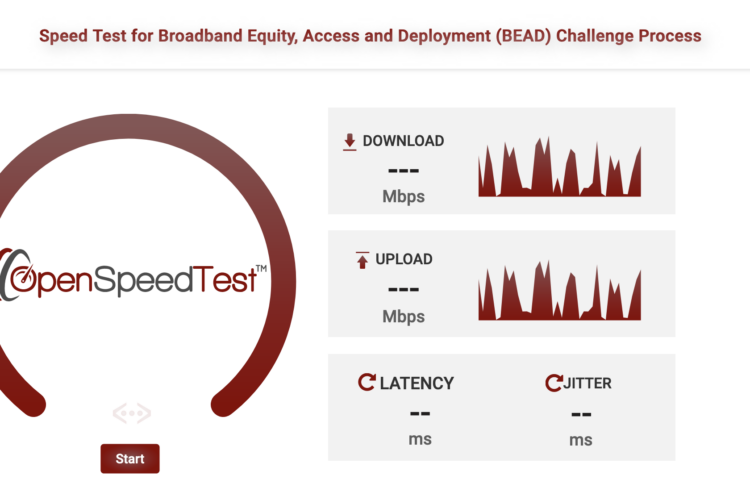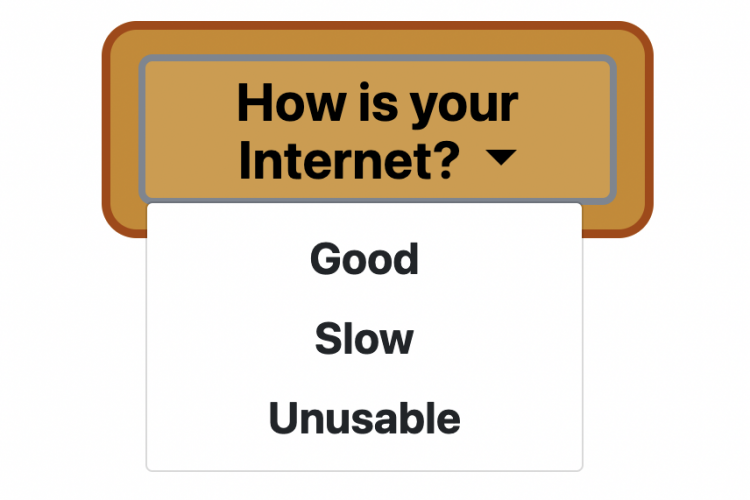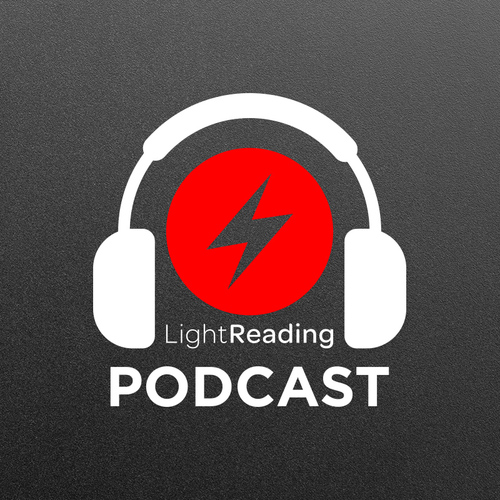Discovering the Data All Around Us: The CDAC IoT Lab
Connected devices now exist in many homes, offices, and public places. These “smart” technologies — sometimes referred to as the Internet of Things, or IoT — promise not just improved consumer convenience but also new innovation for medicine, psychology, energy conservation, and other applications. They also offer an accessible platform for people who are learning computer science and data science to explore concepts such as networking, machine learning, databases, human-computer interaction, and cybersecurity, and the opportunity to take that knowledge out of the laboratory and apply it to the real world, from smart homes to smart cities.
The immense potential of this technology is why we created the CDAC Internet of Things (IoT) Lab, an open, freely available facility for UChicago students and faculty to experiment with the latest devices and datasets for research and applications. By better understanding IoT devices,the data they collect, and both the benefits and risks of IoT “data exhaust”, we can realize the potential benefits of this technology while also understanding and mitigating the associated privacy risks. We invite you to stop by the lab in the John Crerar Library building, home of CDAC and the Department of Computer Science, for an introduction, a workshop, or even just to tinker with the technology.
As consumer products, IoT devices offer tangible and visceral entry points for students eager to learn about data science. Students who are new to computer science and data science can go from device unboxing to complex data analysis and machine learning in a very short period of time. In this way, this lab will enable us to introduce a new generation to powerful data and computation tools using everyday devices, similar to how the spread of personal computers and home internet access opened up computer science to broader, more diverse communities.
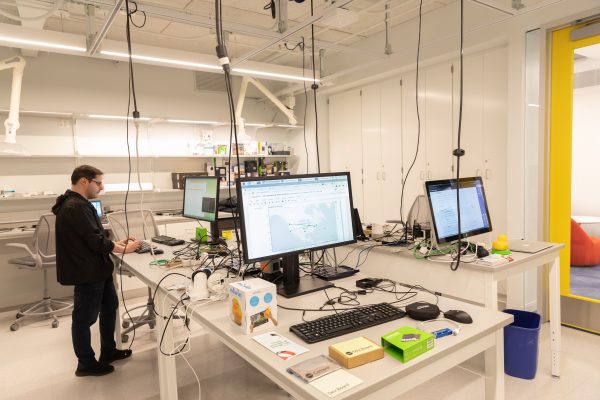
In the CDAC IoT Lab, located in Room 279 of the John Crerar Library building, visitors can work with a wide variety of connected devices, including cameras, speakers, lights, toys, and appliances. If you’ve ever wanted to build your own personal open-source home assistant, write a software program that automatically dims the lights when you turn on Netflix, or an automated reminder to take a walk after you’ve watched too much Netflix, you can find something to keep you busy in the lab.
We also offer a variety of single-board computers to run applications for network traffic monitoring, internet performance, security and privacy research, and other purposes. With an isolated and dedicated residential internet connection, powered by Comcast, all laboratory devices connect to the commodity internet through a dedicated WiFi network, just as they would in a real home.
The CDAC IoT Lab at UChicago continues work started at Princeton University, where a team including myself, Danny Huang, and Guilherme Martins built IoT Inspector, an open-source tool that allows users and researchers to monitor the data gathered by smart-home devices. This work has received widespread media coverage, frequently from the angle of raising awareness about privacy concerns. You can read about that in articles from NPR, Wall Street Journal, the New York Times, and the Washington Post.
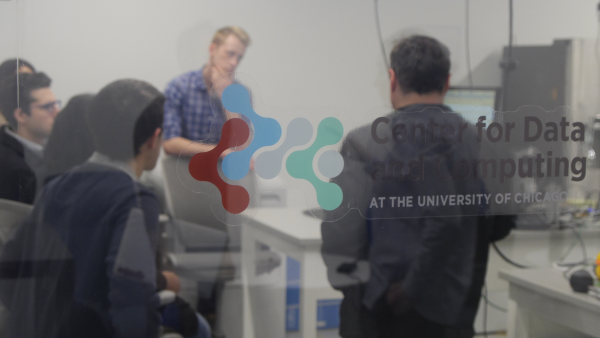
But it’s important to remember that these devices and their data, if handled responsibly and ethically, can potentially change all of our lives for the better. For example, the number of times a smart refrigerator’s door is opened could provide a useful measure for lifestyle medicine practice, while the number of words spoken in range of a “smart assistant” could help child development experts study language development. The data from IoT devices, and how we analyze that data, also shares many characteristics and challenges with larger-scale scientific instruments such as weather sensors, satellites, and even particle accelerators.
The interdisciplinary possibilities of these devices fits the overall mission of CDAC to address important scientific and societal questions through coordinated advances in applications, models, algorithms, and platforms. In fact, CDAC has already funded projects that both rely on and develop IoT/smart technology, such as Pedro Lopes and Sihong Wang’s project to monitor health through wearable smart sensors. We’re also talking with collaborators across UChicago campus about how these devices may enable more breakthroughs in other disciplines, from medicine and public health to psychology. We hope that the CDAC IoT Lab will help launch new initiatives built on creative uses of the data collected by these devices that we can’t even predict today.
In January, we soft-launched the CDAC IoT Lab with an informal workshop run by CDAC Senior Software Engineer Guilherme Martins. Even the relatively small set of attendees for that workshop reflected the diversity of audiences we’re hoping will use the lab: high school students, undergraduates, master’s students, graduate students, faculty, and visitors from industry and the broader Chicago community. We plan to hold frequent events, from classes to research workshops, that continue to bring people from across campus and Chicago to the IoT Lab. We encourage you to contact us directly if you’d like to drop in. We hope you’ll join us in investigating how we can make the most of an increasingly connected world.

